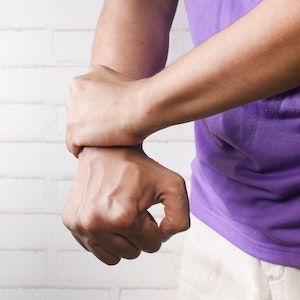Article
Federal Committee Recommends HPV Vaccine for Males
Author(s):
The Advisory Committee on Immunization Practices has voted to recommend routine vaccination against human papillomavirus for 11- and 12-year-old boys.

The Advisory Committee on Immunization Practices (ACIP) of the Centers for Disease Control and Prevention voted this morning to recommend routine vaccination against human papillomavirus (HPV) for 11- and 12-year-old boys. It also recommended that males age 13 through 21 receive the vaccination if they have not already.
HPV is transmitted via sexual contact and can cause cancers of the cervix, vagina, and vulva in females, cancer of the penis in males, and genital warts and cancers of the oropharynx, anus, and rectum in both genders. HPV vaccination has been routinely recommended for adolescent girls since 2006. Last year, the ACIP issued a “permissive” recommendation for males age 9 through 26 to receive the HPV vaccine, meaning the vaccine was permitted but not recommended as routine.
Both of the two available HPV vaccines—Merck’s Gardasil, which protects against four HPV strains, and GlaxoSmithKline’s Cervarix, which protects against two strains—are recommended for girls, but the ACIP has recommended only Gardasil for boys. Vaccinating males against HPV will protect them from the diseases caused by the virus, but will also help protect against transmission of HPV to their female sexual partners. (Between 2003 and 2007, females developed an average of 17,610 HPV-related cancers, compared with 7,490 for males.)
One of the considerations taken into account in the debate over the current recommendation was the cost-effectiveness of vaccinating males against HPV. This was also the topic of a presentation last Friday at the annual meeting of the Infectious Diseases Society of America by Kevin Ault, MD, associate professor of obstetrics and gynecology at the Emory University School of Medicine and an investigator at the Emory Vaccine Center.
In his presentation, Ault explained that vaccinating males against HPV is more cost-effective the lower the coverage is of females with the vaccine. According to data he presented, at the current rate of coverage for adolescent females—just over 30%—giving males the HPV vaccine would cost just over $50,000 per quality-adjusted life year (QALY). (A treatment is generally considered cost-effective if it costs less than $100,000 per QALY.) If female coverage were to rise to 50%, however, then covering males would cease to be cost-effective, coming in at almost $150,000 per QALY.
To read our article on Ault’s IDSA presentation, click here. To listen to an interview we conducted with Ault at IDSA, click here.




